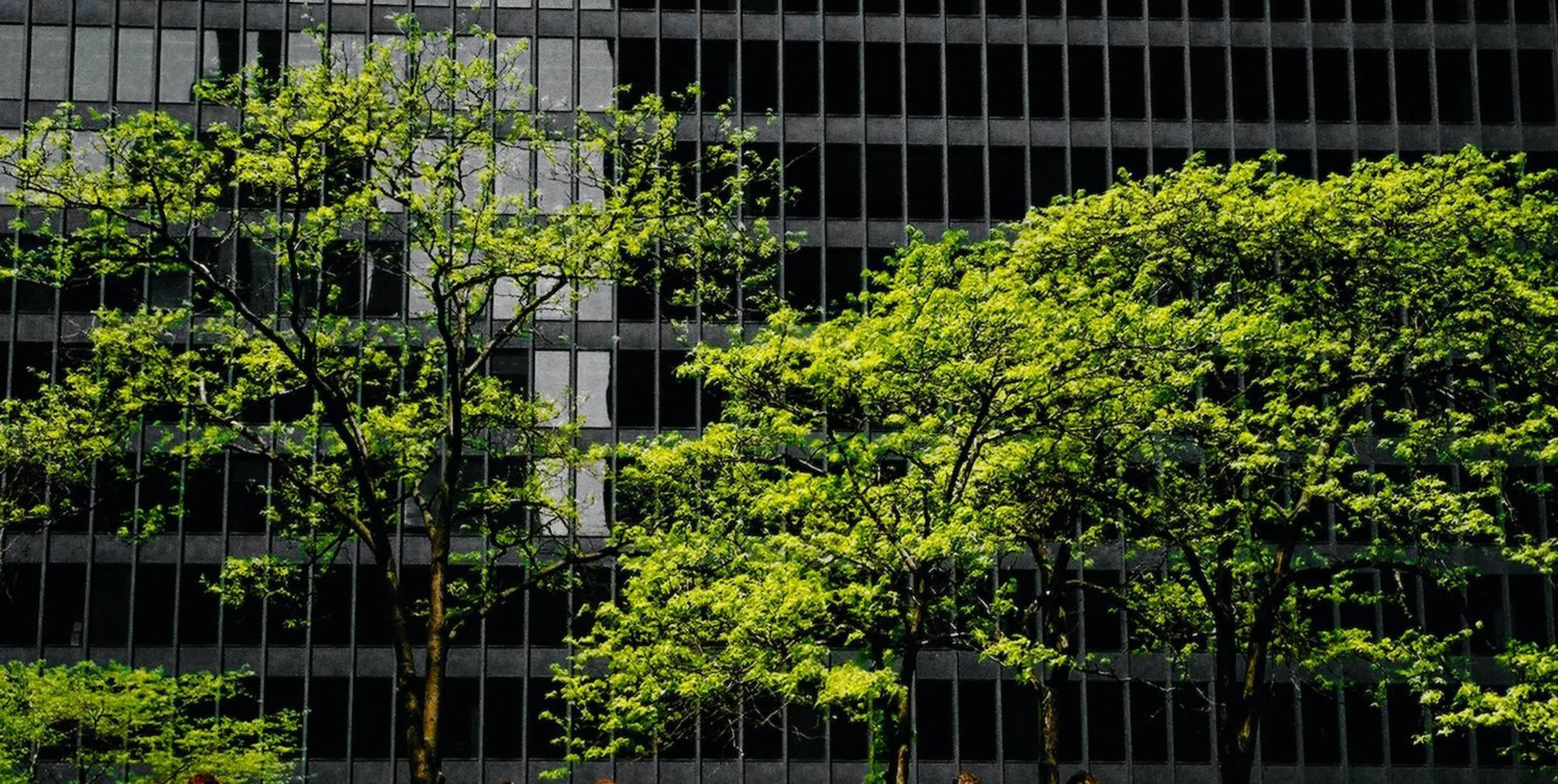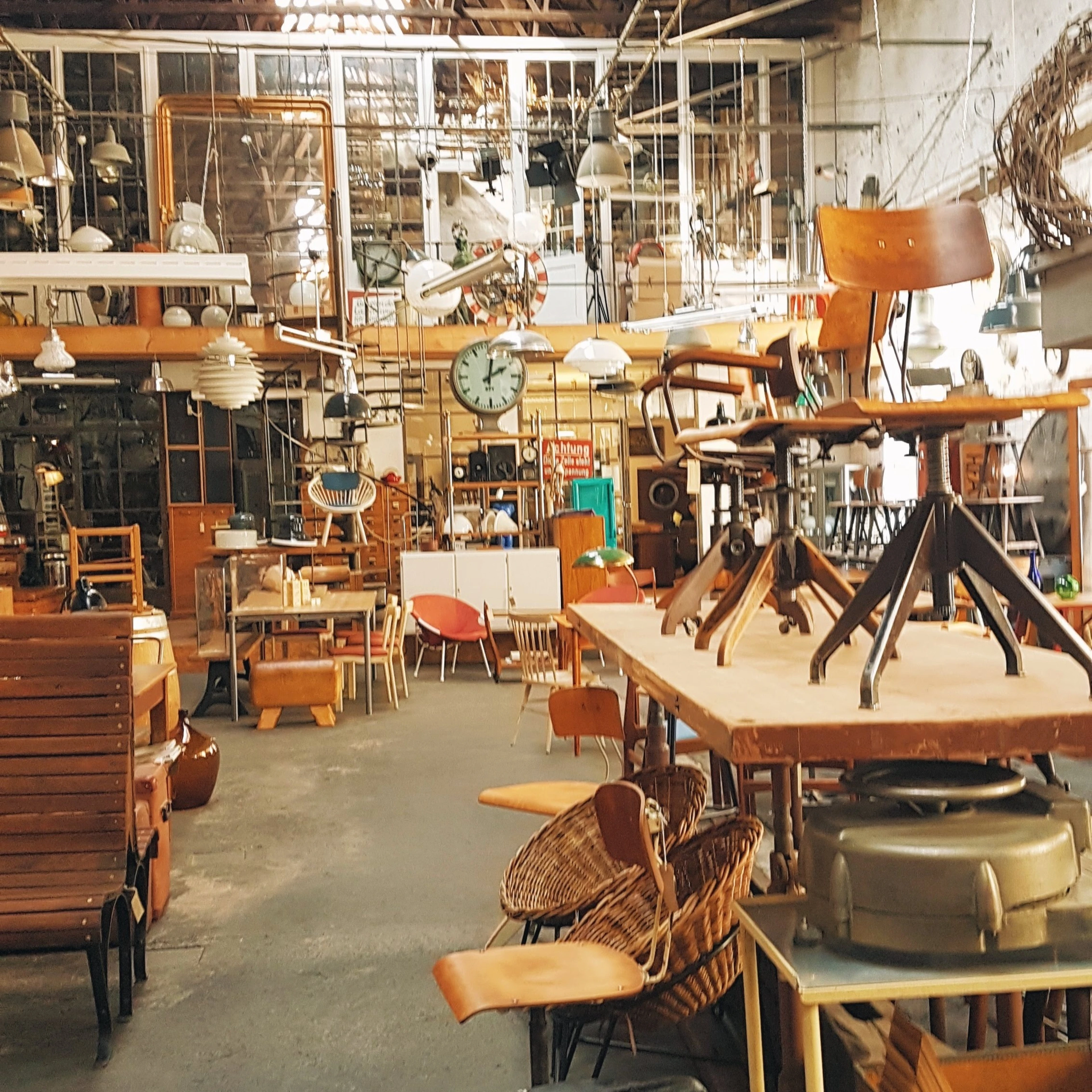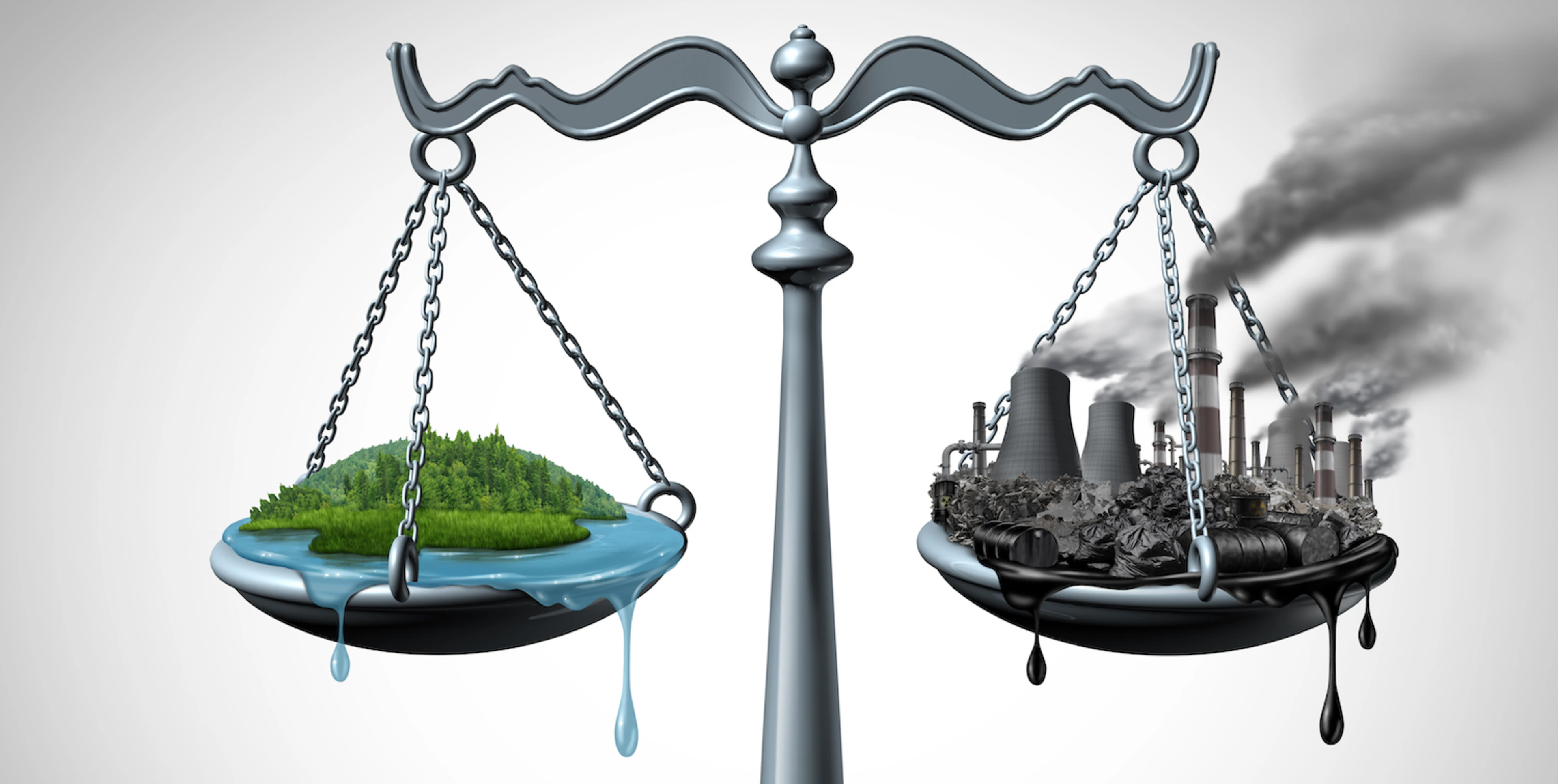Your next office space could influence the environmental impact of your business for years to come – so moving is a great chance to clean up your green credentials, and keep down those bills.
The first thing to consider is how much space you really need. While you might be thinking about future proofing for upcoming hires, the effects of heating and lighting excess space if you overshoot could be significant, not to mention costly. Take time to establish how many of you will regularly be in the office, and whether hot-desking could be an option – or opt for a building that allows you to expand your desk count as the business grows.
Another no-brainer to scrutinise from the get go is how the space is heated and lit. As a first port of call, check if the prospective office has installed energy-conserving options such as LED bulbs, occupancy sensors and air source heat pumps. Higher spec spaces may seem more costly upfront, but choosing a building designed with energy efficiency in mind will pay dividends as electricity costs continue to rise – not to mention being kinder to the planet.
If you go for a serviced office, you may have less control over decisions that impact sustainability practises in the building. Before signing a lease, be sure to investigate suppliers, service providers and recycling provisions. And don’t be afraid to ask questions or push for changes, like a switch to organic milk or fair-trade coffee in shared areas.
Lastly, it’s important not to overlook the impact of moving itself. Selecting sustainable furniture for your new space won’t do much good if your old equipment ends up in landfill, so take stuff with you or into the thriving second-hand furniture market. And when planning to leave your old space, speak to the building’s management about minimising wastage involved in end-of-lease dilapidation work – the next tenants may be happy to keep the modifications you made to the space.
Find out how you can be a sustainability champion, no matter your job title.













